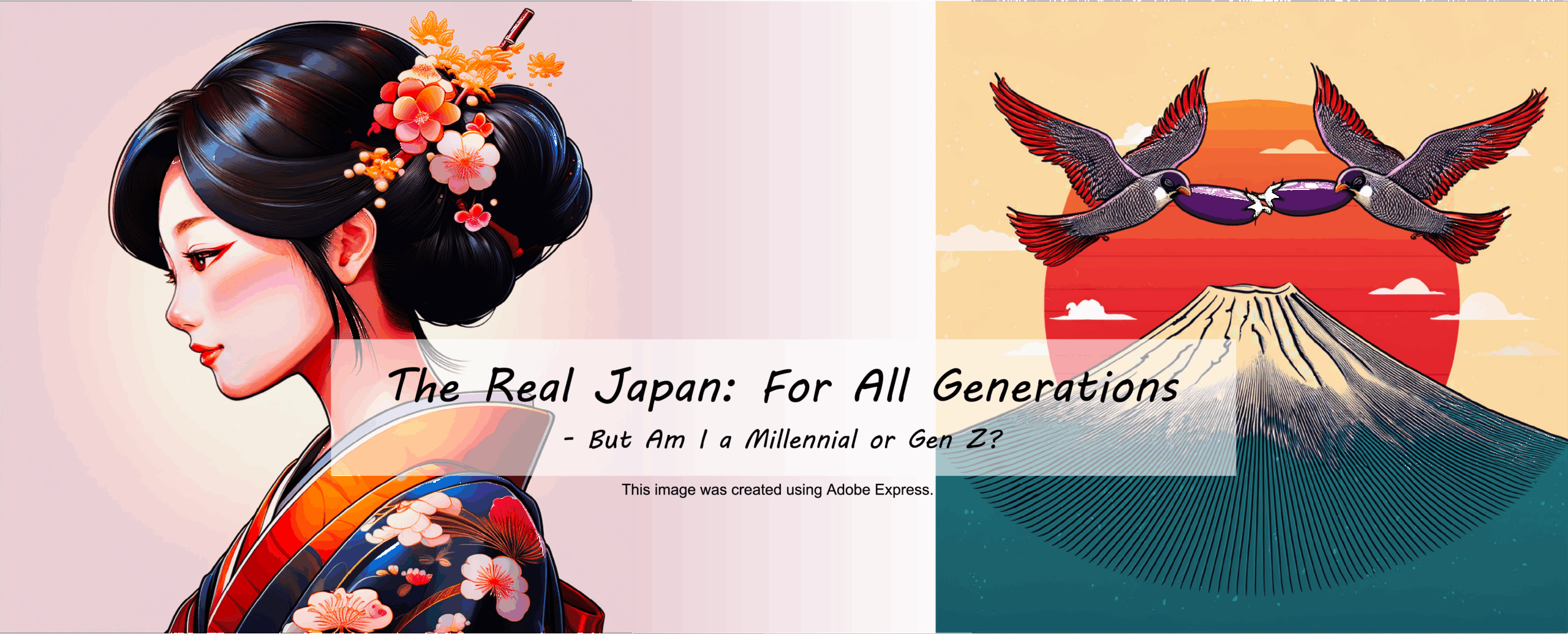
The okra in my little garden has finally reached harvest time!
They’re plump, vibrant green, and honestly just looking at them makes me happy. Since they’re fresh from the garden, I decided today’s dish would be chilled tofu topped with okra.

In Japan, we usually prep okra before eating it to remove the tiny fuzzy hairs on the surface. The process is super simple: sprinkle some salt over the okra on a cutting board, then roll it gently with the palm of your hand. This is called itazuri, and it not only removes the fuzz but also makes the green color pop. It’s kind of like a little pre-cooking ritual for okra lovers.
After that, I give them a quick blanch in boiling water and rinse under cold running water—done with the prep! This time, I sliced the okra into small rounds and scattered them over chilled tofu. Normally, I’d go for green onions and katsuobushi (bonito flakes), but when you’ve just picked fresh okra, it’s hard to resist adding it on top.
I also threw in a little twist—some ginger and garlic paste from the 100-yen shop. No cooking required, so it’s perfect for hot days or those “I just need one more side dish” moments.
By the way, Japanese tofu is really soft. In Japan, some people slice it while holding it in their hand, but I wouldn’t recommend trying this unless you’re experienced—it’s much safer to use a cutting board. Tofu overseas—though I’m just guessing—might be a bit firmer, so a cutting board is probably best in that case too. I’ve also heard that some tofu abroad is set with lime, which can give it a slightly different taste and texture. Whenever I can, I check the label and choose tofu made with nigari (magnesium chloride).
The result? A light, slightly sticky (in a good way) chilled tofu that’s perfect for summer, especially if you’re feeling a little worn out from the heat. There’s just something extra special about eating vegetables you grew yourself—it makes the whole meal feel like a little celebration.
「庭のオクラを収穫!板ずりから冷ややっこまで作ってみた」
庭で育ててたオクラが、ついに収穫の時期を迎えました〜!
ぷっくりしてて、色もきれいなグリーンで、見てるだけでちょっと嬉しい。せっかくだから今日は、このオクラを使って冷ややっこを作ることに。
日本ではオクラの表面にある、あの産毛みたいな細かい毛を下処理してから食べることが多いんだよね。やり方は簡単で、まな板の上にオクラを置いて塩をふり、手のひらでコロコロ転がす。これを「板ずり」って呼びます。余分な毛が取れるし、色も鮮やかになるからオクラ料理の最初の儀式みたいなもの(笑)。
そのあとは軽く熱湯で茹でて、流水でさっと洗えば下ごしらえ完了!
今回はこれを小口切りにして、冷ややっこの上にトッピングしてみたよ。いつもはネギとか鰹節が多いんだけど、収穫したオクラがある日はやっぱりのせたくなる。
さらに今回は、100円ショップで買ったチューブ入りのショウガとニンニクも少し追加。火を使わないから、暑い日や「あと一品ほしいな」ってときにもぴったり。
ちなみに豆腐って、日本のはすごく柔らかくて、手のひらの上でスッと切れちゃうの。もちろん、日本でも「手は絶対切らないように!」って注意するんだけど、正直このやり方は慣れてないとちょっと危ないかも。だから海外の人や初心者さんは、まな板で切るのが安心だと思うな〜。海外の豆腐は…私の想像だけど、日本のよりちょっと硬いかもしれないしね。あと、海外の豆腐って石灰で固めてるって聞いたことがあって、日本のとはちょっと違うのかな?私はいつも原材料表示を見て、「にがり」で固められてる豆腐を選んでます。
出来上がったオクラ入り冷ややっこは、さっぱり&ちょっとネバっとして、夏バテ気味のときにもぴったり。自分で育てた野菜を食べられるって、やっぱりちょっと特別だな〜って思う瞬間です。
Choose Your Quiz/クイズを選んでね

The list below also includes pronunciation symbols for English words and idioms.
以下の一覧には英単語とイディオムの発音記号も含まれています。



コメント